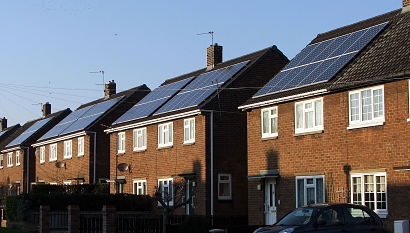
In most cases, they intend to supplement power from the grid, but some are also seeking to reduce or eliminate any reliance on grid power. According to a new report from Guidehouse Insights, the residential DER market is expected to grow at a compound annual growth rate (CAGR) of 6.1 percent from $40.5 billion in 2022 to $68.8 billion by 2031, which shows solid growth over the coming decade.
“Two primary reasons for installing DER are to minimise the inconvenience and damage from power outages and to generate renewable power from sunlight and wind that would otherwise be untapped” said William Hughes, principal research analyst with Guidehouse Insights. “Ultimately, homeowners who invest in residential DER will do so to minimise the consequences of grid power outages or to participate directly in increasing the amount of renewable energy generated, or perhaps both.”
The buying process for acquiring and installing DER technologies is complicated for most homeowners. Several critical variables are unique to each home and homeowners must decide among numerous options without full information on how they will impact the price. This slows faster adoption. Other factors influencing the buying decision are local regulations and regional tariffs, according to the report.
The report, Residential Distributed Energy Resources, examines the adoption of residential DER including solar panels, home standby generators, and residential wind turbines.
Guidehouse Insights estimates that the residential DER market will grow at a compound annual growth rate of 6.1 percent from $40.5 billion in 2022 to $68.8 billion by 2031. The estimated growth for solar panels is the fastest growing technology, showing a 7.0 percent CAGR. The growth rate for fossil fuel gensets is small but will likely continue to remain a significant percentage of capacity. Wind turbines for residences will likely grow but remain a small percentage of overall DER capacity.
For additional information:

